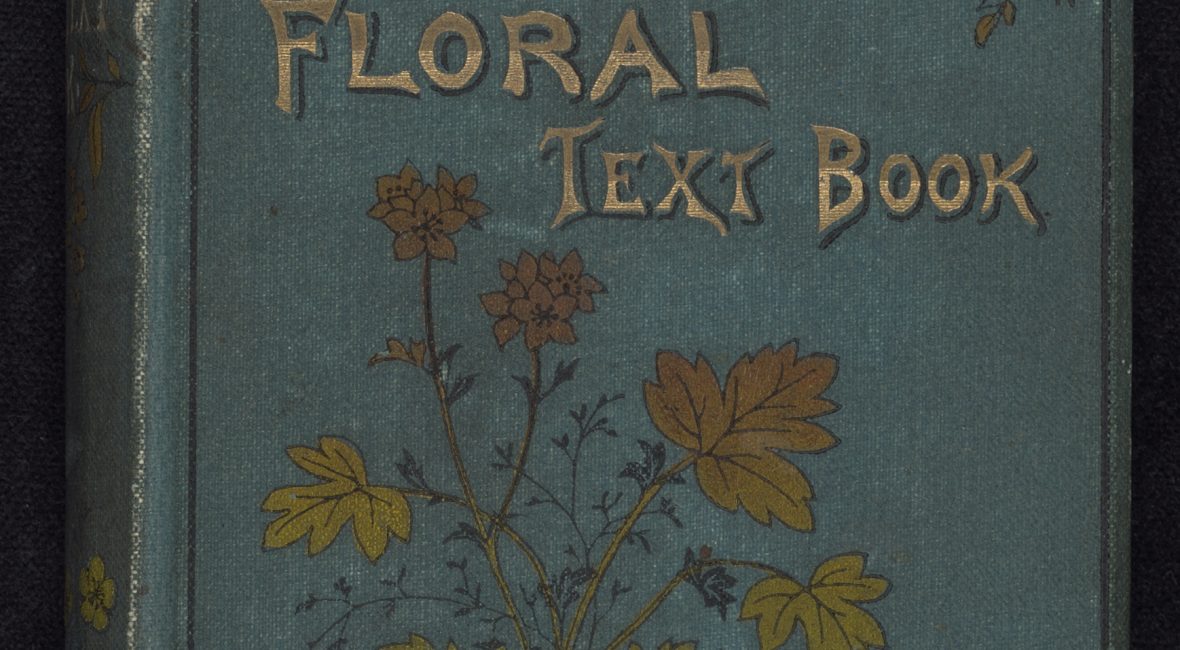In 1868, one of the first serious botanical works in Canada was published. Entitled Canadian Wild Flowers, the work treated nearly three dozen of “the most remarkable” wildflowers found in Canada. The publication is notable for more than its position as an early work on Canadian botany. During a time when women were largely unwelcome in the male-dominated scientific world, this pioneering book was written and illustrated by women.
Canadian Wild Flowers was authored by naturalist Catharine Parr Traill (1802-99), a trailblazer in research on Canada’s natural history. The plates were drawn and lithographed by her niece, Agnes Dunbar Moodie Fitzgibbon Chamberlin (1833–1913). An expensive undertaking and sold by subscription, the work went on to be published in several editions.
“Catharine Parr Traill is arguably Canada’s most famous 19th century botanist, though she never thought of herself as a professional botanist because women weren’t employed as such in those days,” explains Dr. Dawn Bazely, University Professor in the Department of Biology at York University in Toronto.













